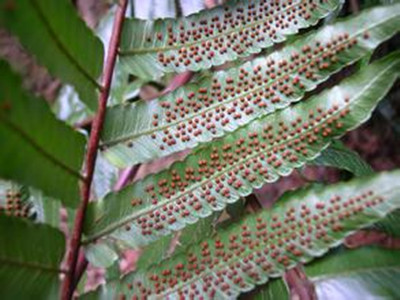You could be in the Arctic and spot some moss.
你也许曾在北极见到过一种苔藓。
And then you could be at the tip of South America and spot the same kind of moss—and never find it in between.
然后又在南美的某个山顶也发现了它的踪影—但是在两地之间却不曾发现它们的存在。
So how did this particular plant get so well-traveled?
那么这种特别的植物究竟是如何跨界的?
Turns out it flew.
研究结果表明是它是依靠飞行传播。

We've long known that birds spread seeds.
我们很早就知道鸟类是可以传播种子的。
But new research says migrating birds also spread microscopic spores.
但是最新的研究认为鸟类的迁徙活动也会传播微型孢子。
The birds harbor tiny parts of plants and lichens in their feathers, setting up similar colonies thousands of miles apart.
鸟类可以用羽毛夹带部分的植物和地衣,在几千公里以外的类似生态群落中它们便可继续生存。
That's according to a study in the journal PeerJ.
这是根据PeerJ杂志上刊登的一篇研究得出的结论。
Scientists inspected feathers from birds in the Arctic that were about to leave for South America.
科学家们对现居北极即将飞往南美的鸟类的羽毛进行了研究。
Fragments from mosses, algae, lichens and liverworts were trapped in the feathers.
他们发现其中残存着微量苔藓,藻类,地衣以及地钱片。
All of which can grow into new whole organisms.
这些都可以继续成长变成整株植物。
The researchers think that long-distance fliers such as the American golden-plover and the white-rumped sandpiper picked up the spores while lining their nests.
研究人员们认为像美洲金珩和白尾斑鹬这样的长距离飞鸟在巢旁等待出发时会夹带这些微型孢子。
Then when the birds arrive in new places they molt, leaving behind the feathers and their precious cargo—to start growing again at the other end of the world.。
然后当它们到达换毛所在的新地区时,便会褪去以前的羽毛并放下货物—于是这些孢子便开始在世界的另一端重新开始生长。


